Photography is Chuck’s third career the result of a passion acquired in Maine many years ago. Most of his work is done on film. Although an accomplished Cibachrome printer, he no longer prints color in the darkroom although the experience in color and contrast management strongly affects how he prints digitally. Becoming full time in 2008 changed the work in profound ways. Previously, the work showed people anonymously and was more about the public space. In this new time, the work has become intensely personal – often involving portraiture. Chuck studied photography at Maine Photographic Workshop, Parsons School of Design, International Center for Photography, Lakeland Community College and Cuyahoga Community College. He has a BSEE from Purdue University and an MSEE from Cleveland State University. He is a director of ICA–Art Conservation in Cleveland, OH and the Cleveland Museum of Art – Friends of Photography. His interest in preservation and conservation is reflected in his service to the ICA and in careful attention to producing work that lasts. Chuck is a Life Director at Jewish Family Services of Cleveland. His work can be found in museum, private and corporate collections in North America, Europe and Asia.
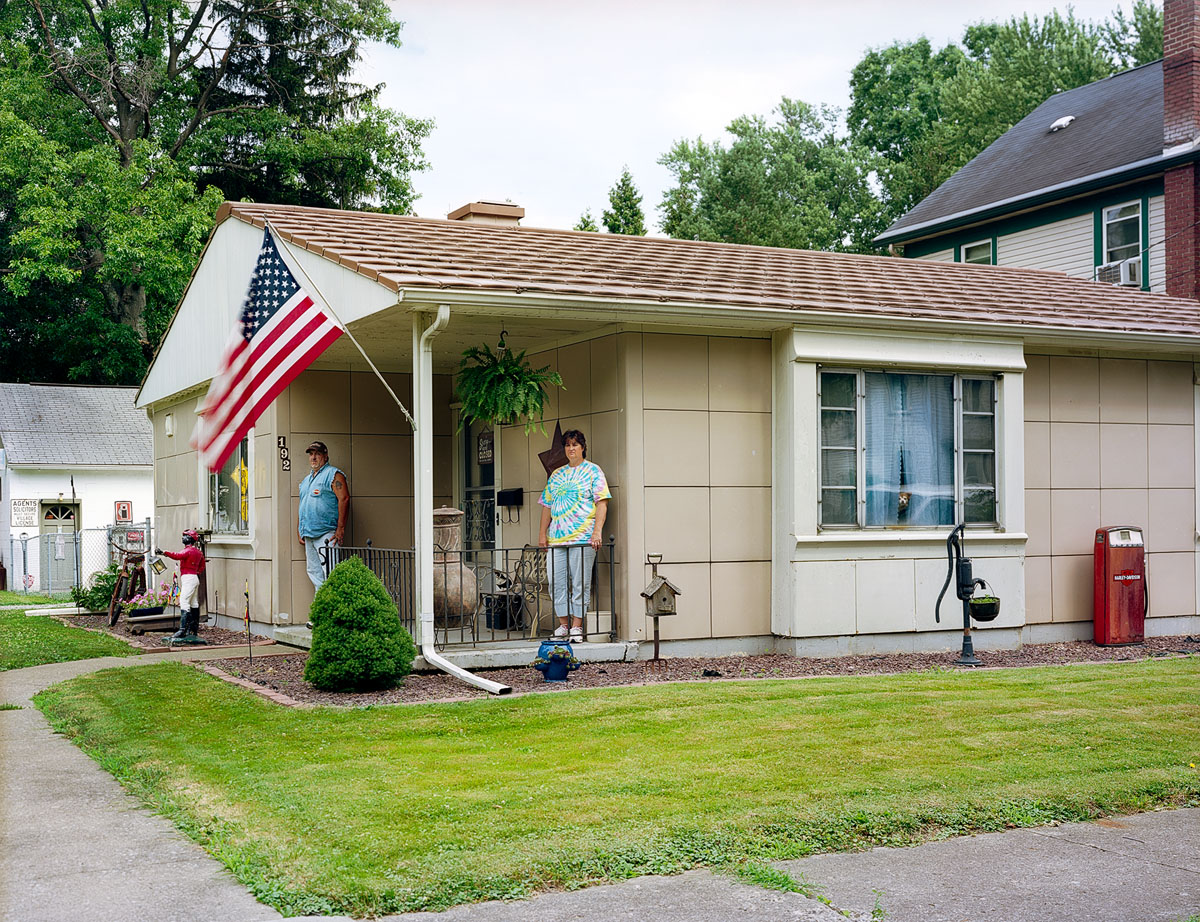
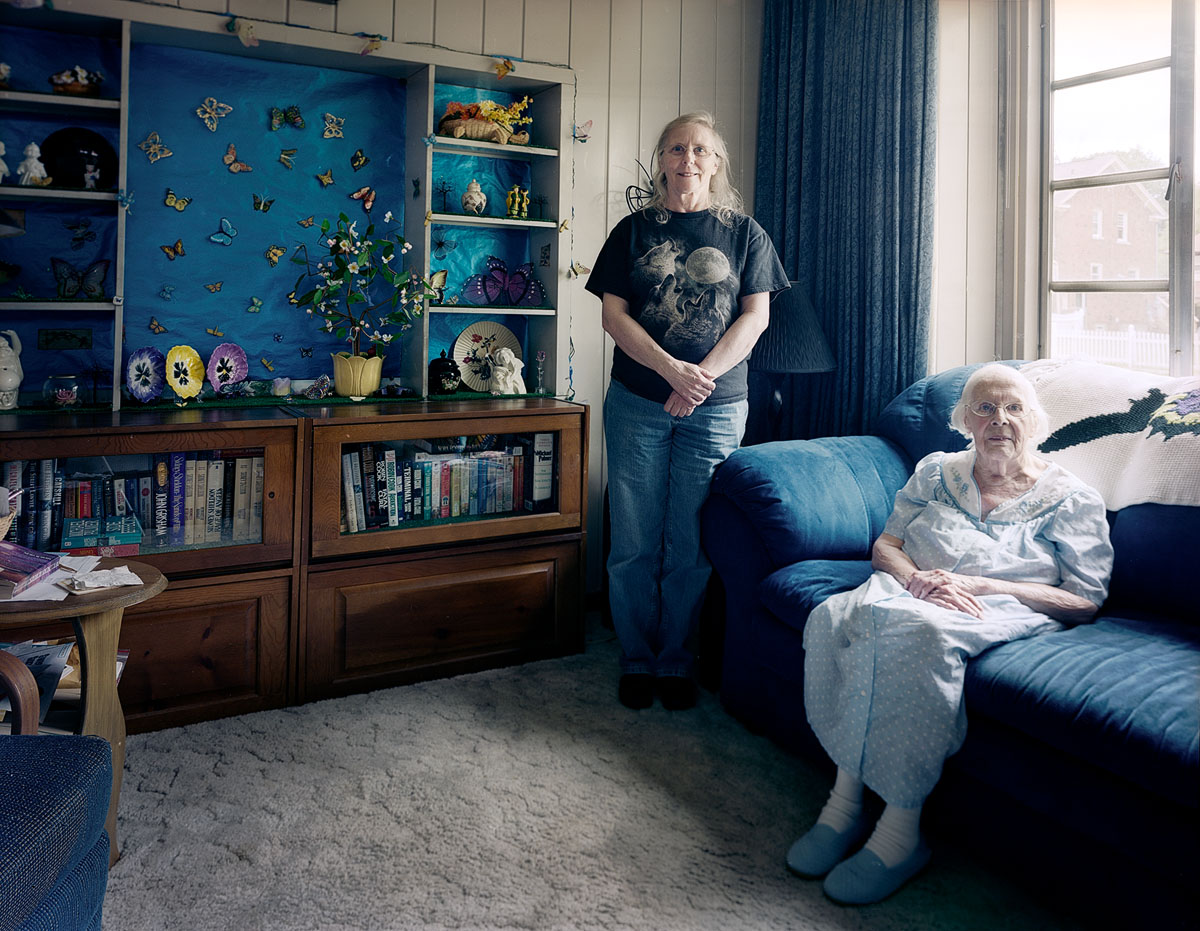
Lustron Stores, Americans at Home
Lustron manufactured porcelain baked enamel coated, all steel houses between 1948 and 1950 in Columbus OH. Virtually everything, exterior, roof, interior walls, cabinets and ceilings were made out of the stuff. The house was shipped to site on a specially designed trailer and assembled by local contractors. Lustrons were an ingenious attempt to deal with post war housing shortages. About 2500 were sold, mostly in the eastern US, but as far afield as Miami and Los Alamos. Roughly 1500 remain. These houses were aimed at GI’s returning from the war. They were starter homes for young families. This was the stereotyped American family of the time. These were the people you would see on television in the fifties – white, employed, healthy, nuclear families. A remarkable cross section of people lives in these modest (~1100 sq ft) homes. While certainly diverse in age and place in life, the ownership remains firmly working class and, in many cases, shows the economic strains that come with that today.


Everyone who lives in these has something to say about it. The material is miserable to cut or drill into. Magnets are very popular for hanging objects inside and out. Many things about these homes are striking. They needed a good design and they got one. They were extraordinarily complete, with built-in cabinets, pocket doors and came equipped with a combination dishwasher/clothes washer. The heat used the ceiling as a radiator – not the best thermodynamics but that allowed the house to be assembled on a simple slab. They are known for their cleanliness. The architecture is very much mid-century modern.
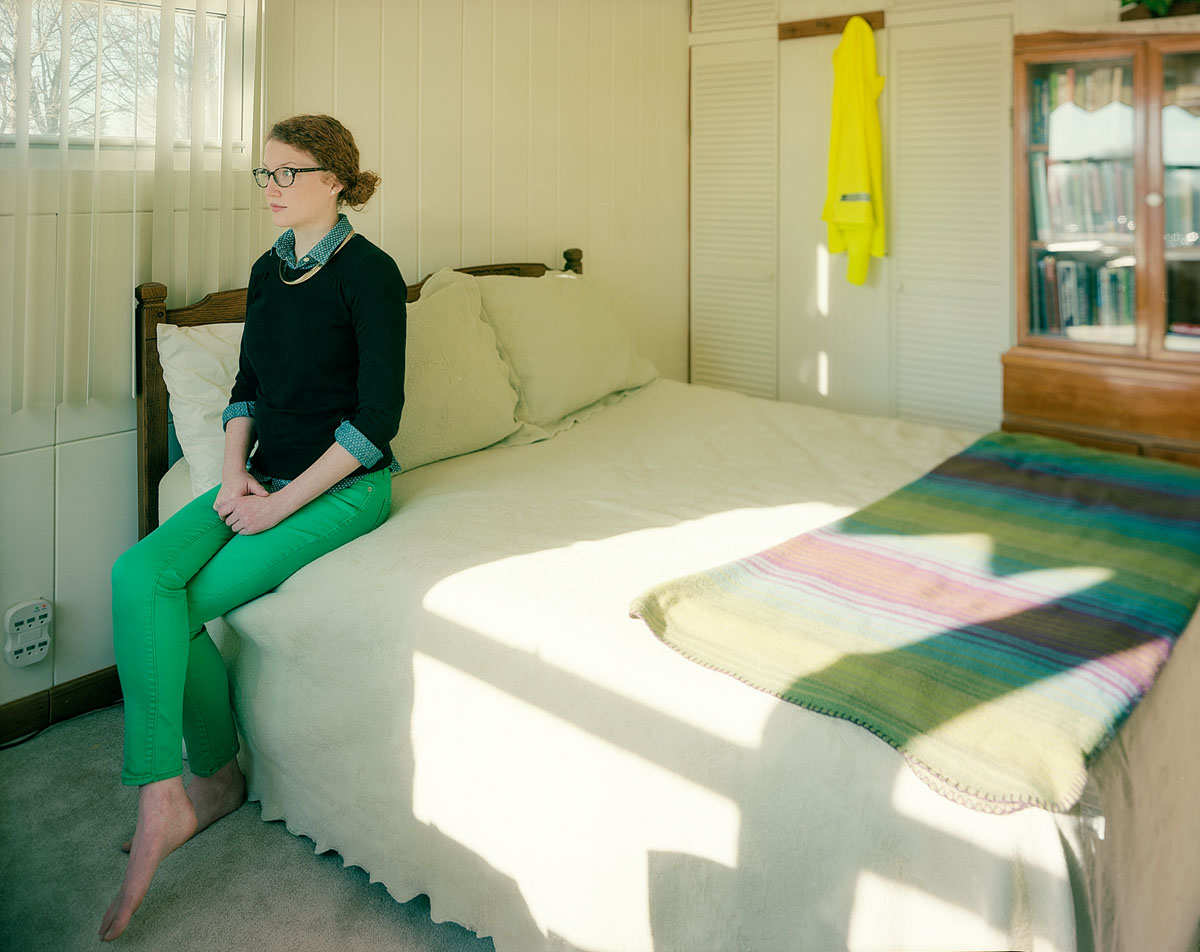

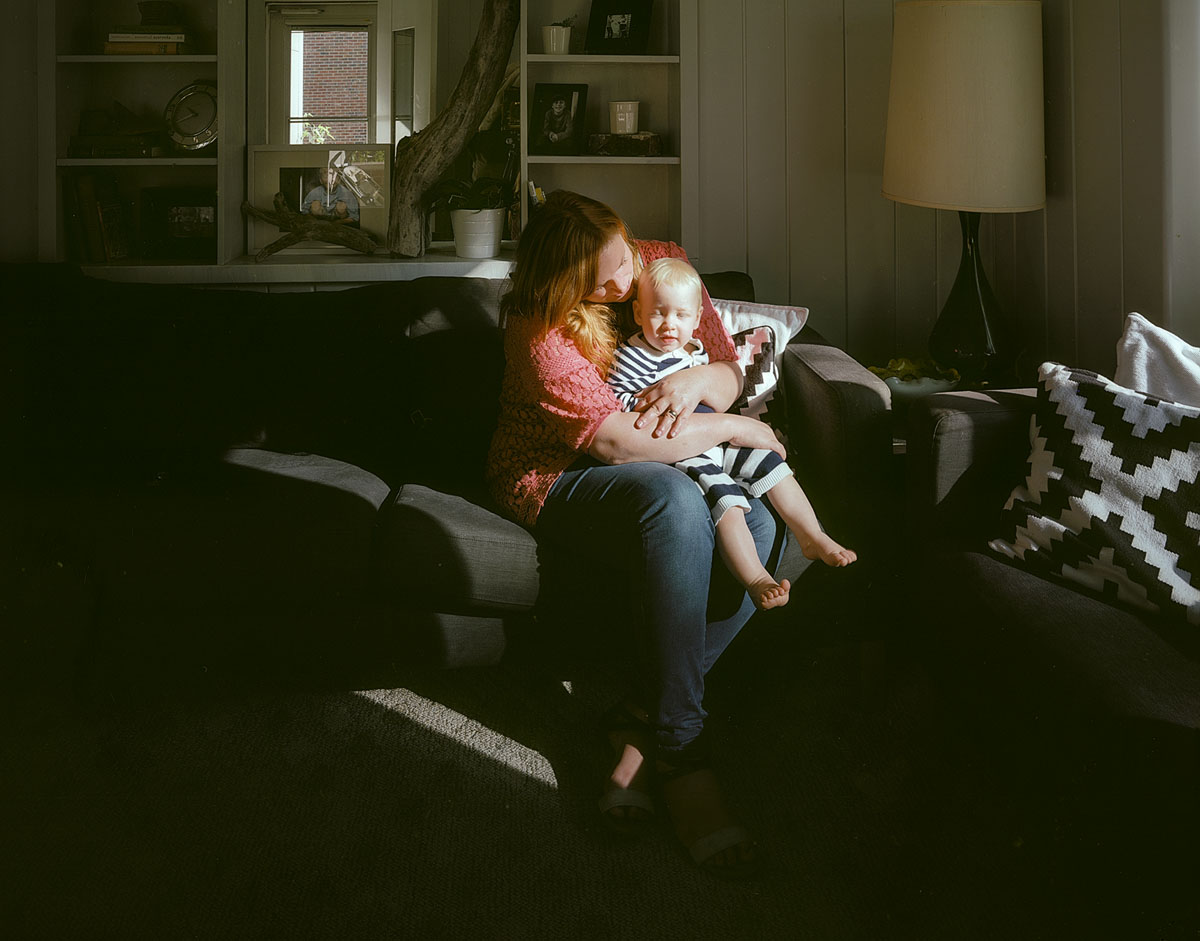

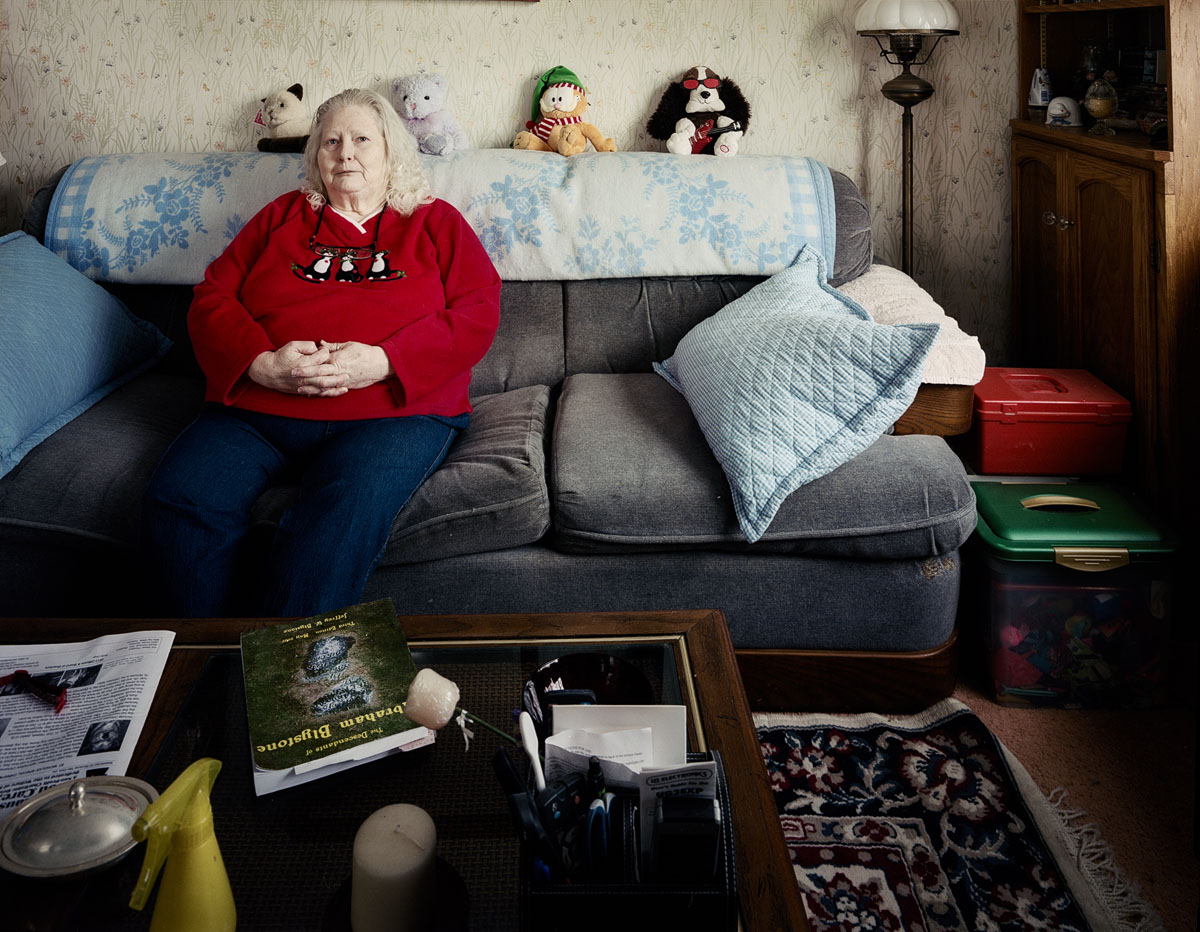
The homes are the modernist ideal of using industrial methods to bring affordable quality housing to “everyone.” Maybe the best example of this I have seen. Certainly more attractive than the concrete monstrosities of Eastern Europe. These homes are all about the Great American Dream. Here we have the intersection of The Dream and the modernist ideal. I have spent the last two years photographing the current owners and/or residents in these homes and getting a bit of their stories. This is about them. In the end, great architecture is about the people in the structures. I use my large format wood camera to soften the power imbalance between the subjects and me. The cool (and awkward) equipment goes a long way toward making these strangers comfortable in front of the camera. Over 100 have been done in fifteen states.

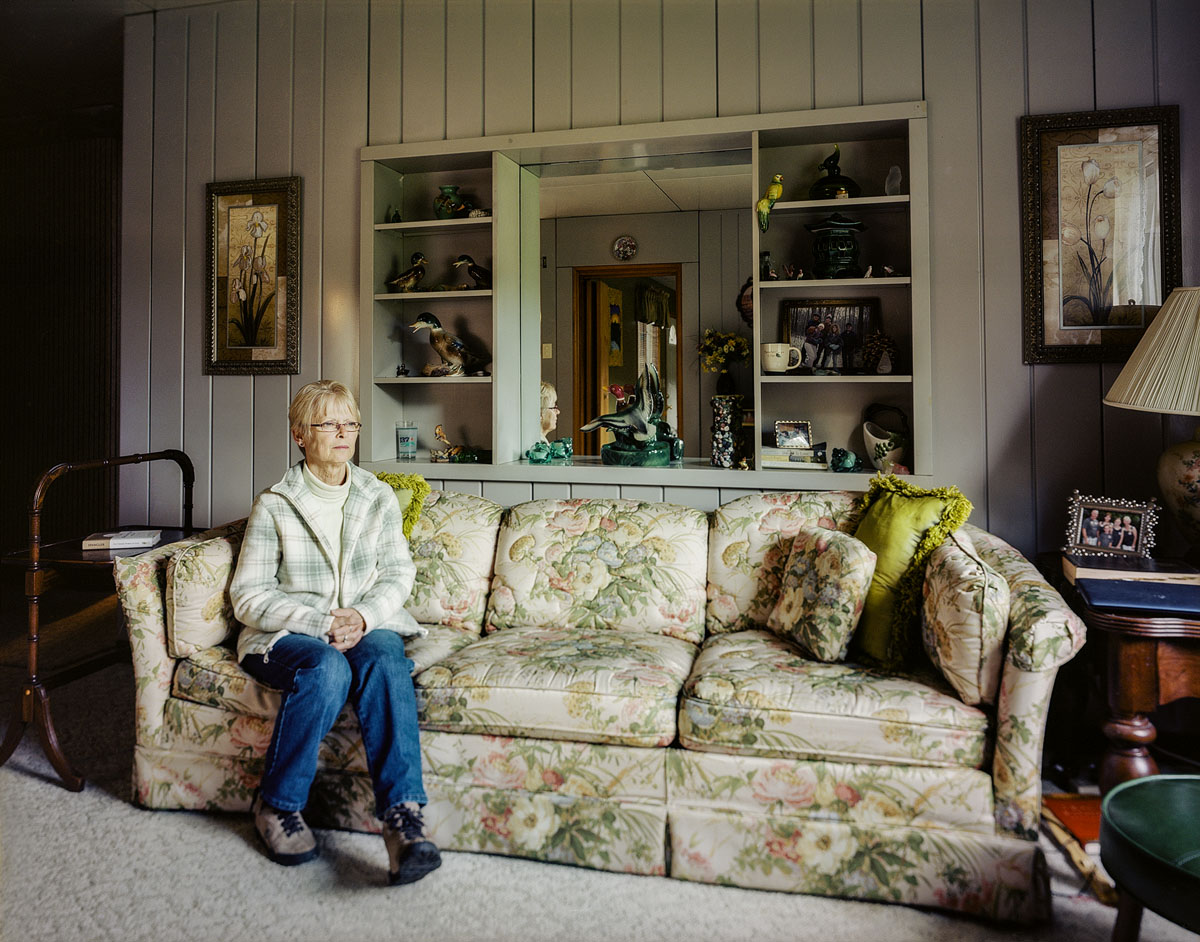
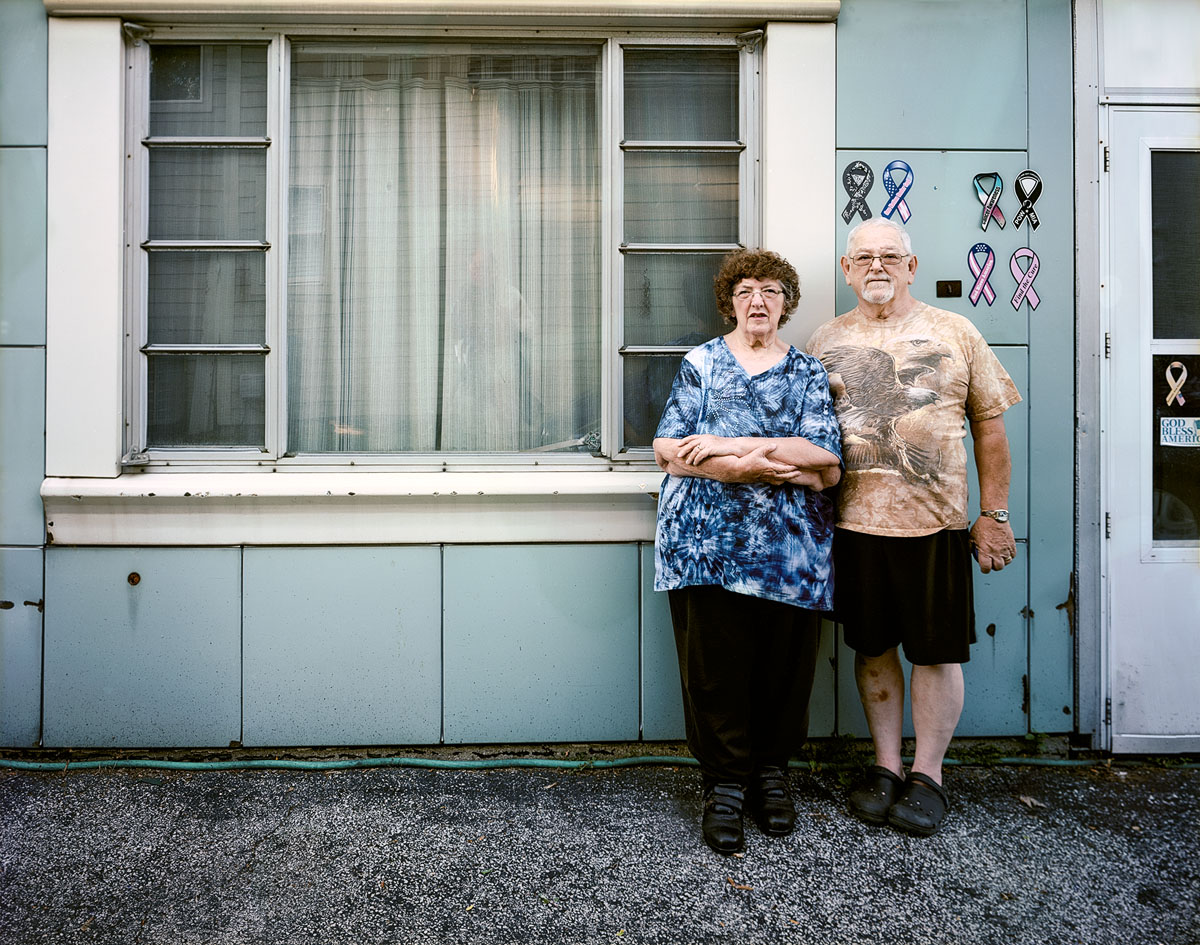
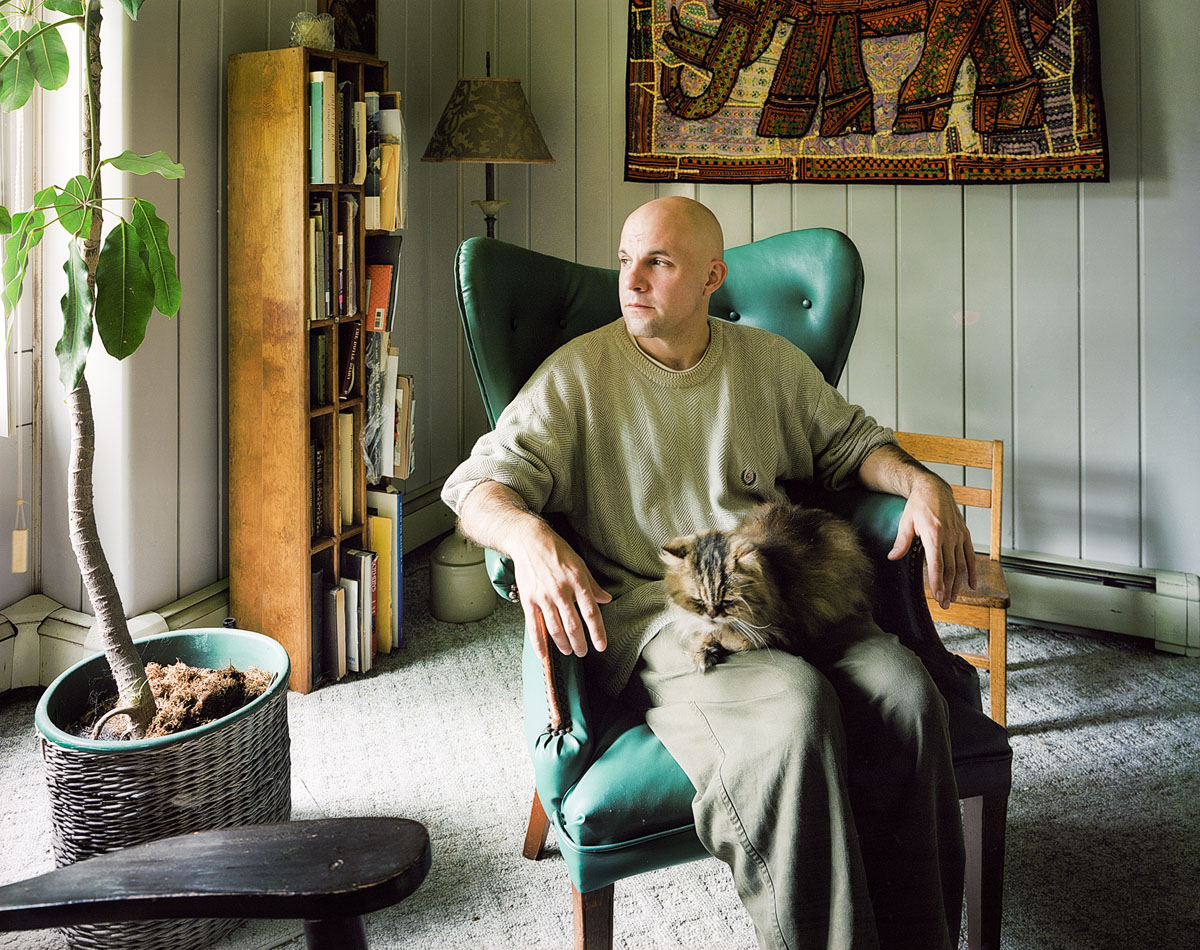

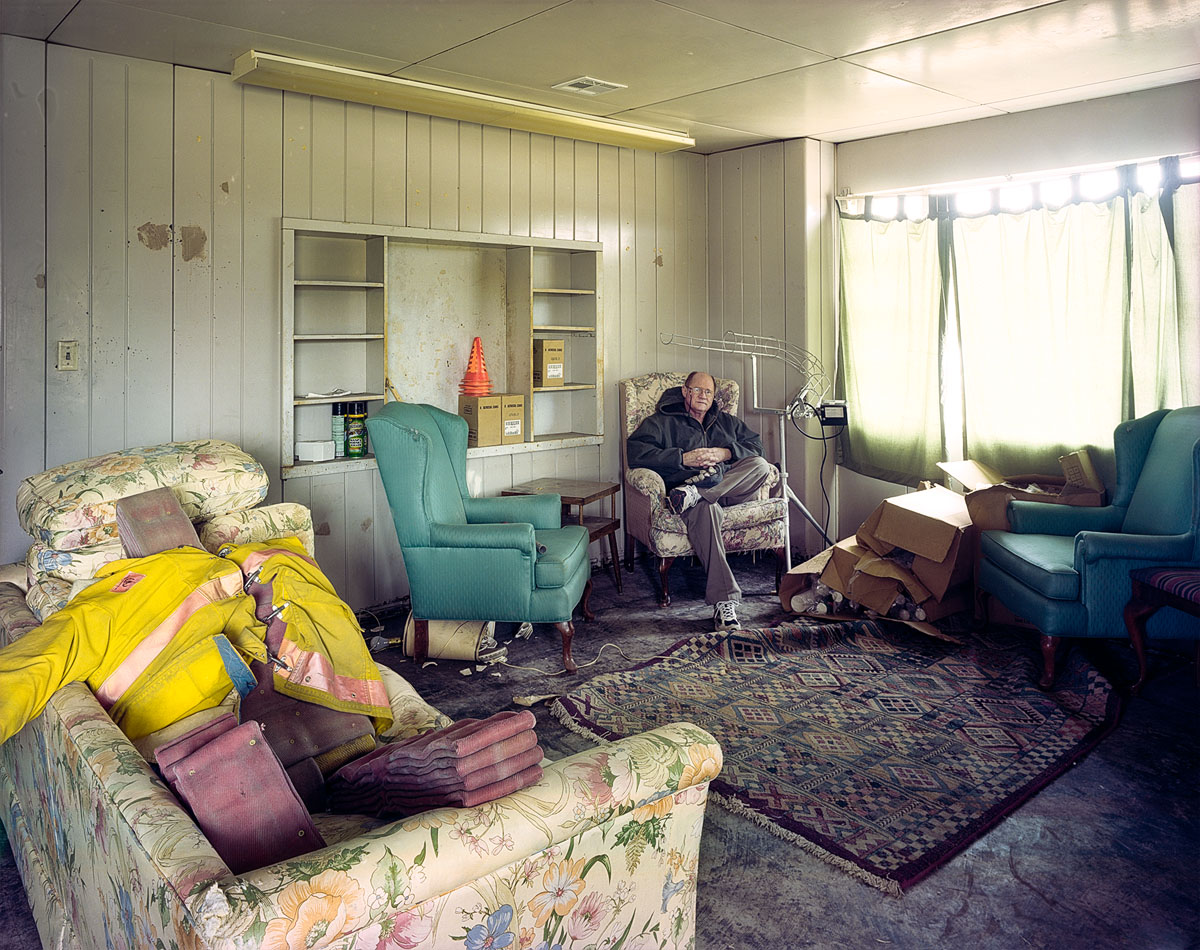
To view more of Chuck’s work please visit his website.